| Vietnamese eggplant is unique for its crunchy texture, neutral smelling and mild flavor |
Salted Vietnamese eggplant is very popular and even a must in Vietnamese meal during summer time. Its salty, crunchiness, a little bitterness, some sweetness and slight spicy is perfect when enjoyed with steamed rice, vegetables and soup.
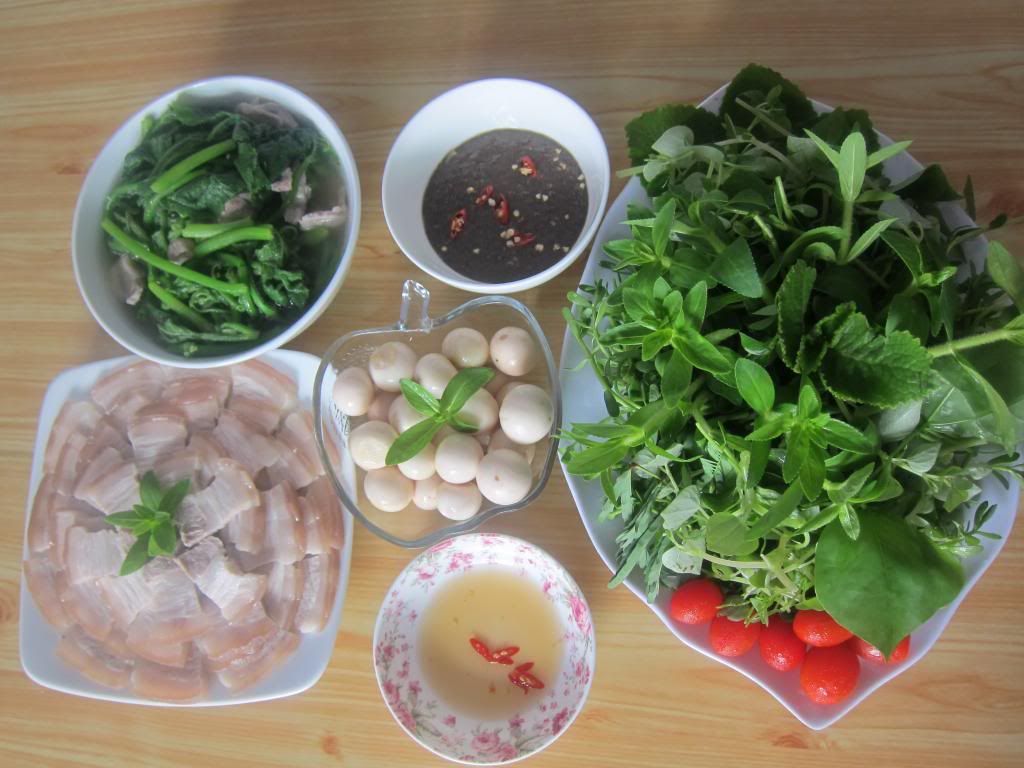 |
| A must in Vietnamese meal during summer time |
Ingredients
1kg fresh Vietnamese eggplant (you can buy in many local markets in summer)2 cloves of garlic
3 peppers
Salt
Sugar
Warm water 1 medium glass jar.
Cooking
Place the eggplants under sunlight for 3 to 4 hours then cut the stems and rinseCut the eggplants in half and soaked them in diluted salt water for about 15 minutes to help reduce their bitterness and eliminate any toxin contained. Rinse eggplants under running water and drain
 |
| Cut the eggplants in half and soaked them in diluted salt water |
 Dissolve salt in warm water so that sugar is not too salty. Peel and crush the garlic
Dissolve salt in warm water so that sugar is not too salty. Peel and crush the garlicPlace a little salt layer at the bottom of the jar followed by a layer of eggplants and then another layer of salt followed by a layer of eggplants …keep continue until the end. Pour the salt water mixed with garlic into the jar.
After 2 days, your salted Vietnamese eggplant dish is ready to be enjoyed with fish sauce mixed with sugar, crushed garlic and sliced peppers.
For the best taste and combination options of salted Vietnamese eggplants, come and see me Cau Go to try and ask for the tips.
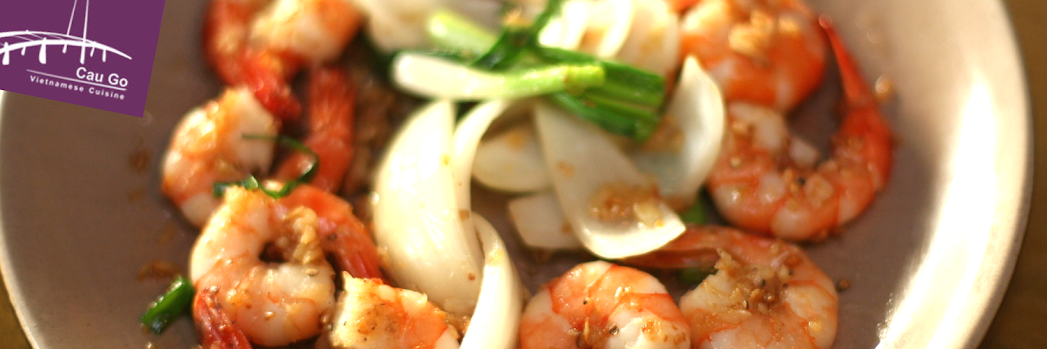







.jpg)



.jpg)

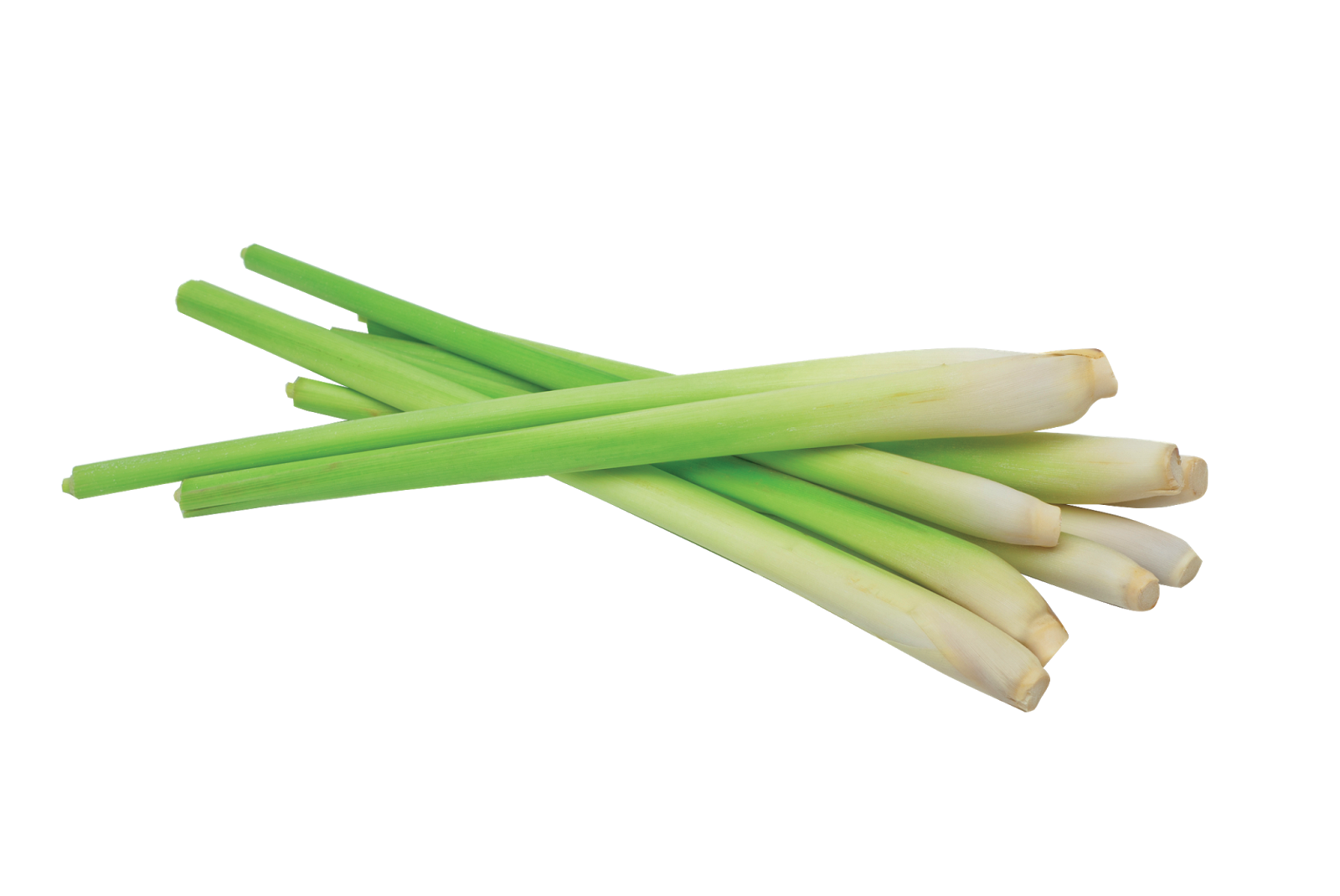



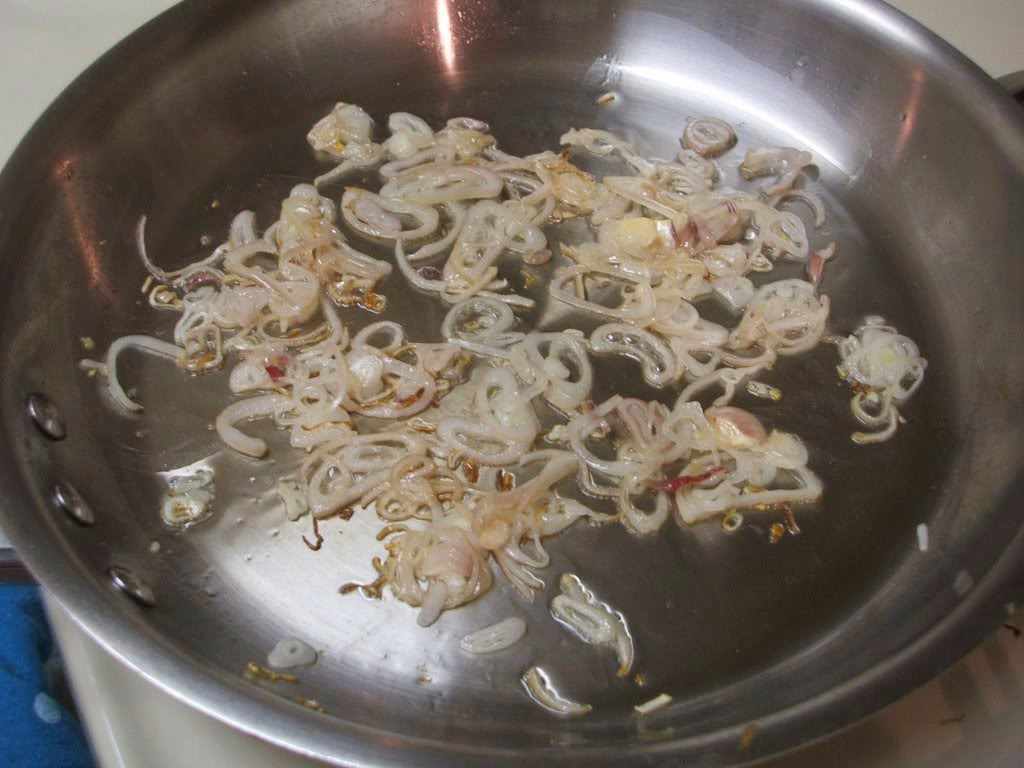

.jpg)
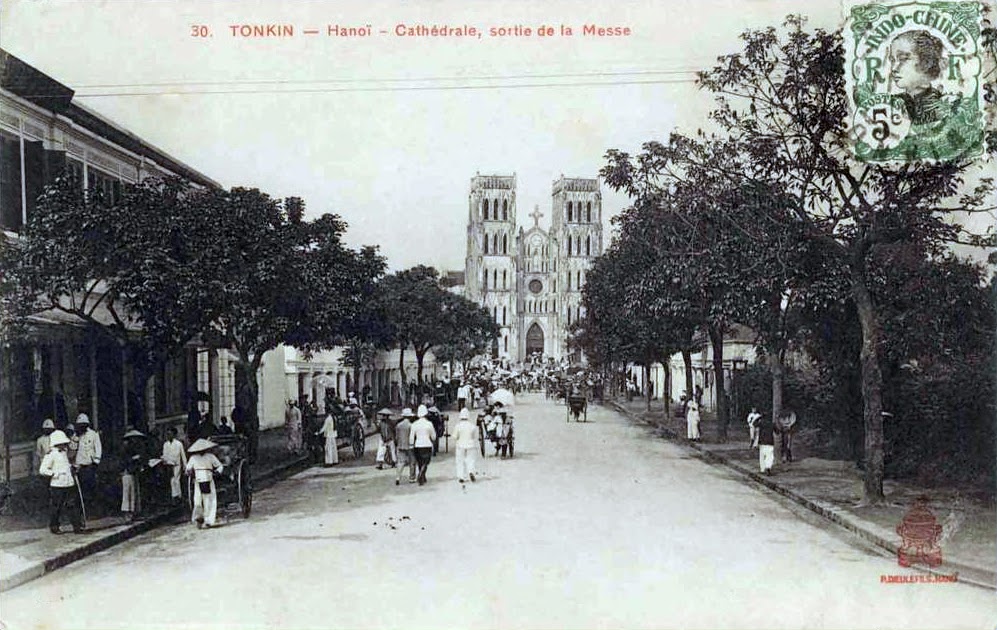


.jpg)








